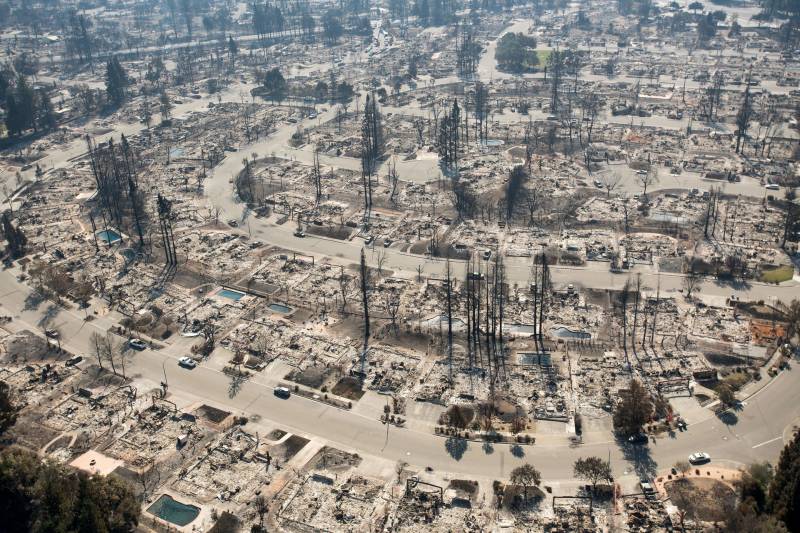California insurance regulators on Wednesday released maps of the state’s most wildfire-distressed areas, where they aim to require insurance companies to write more policies, the next phase of their plan to address the ongoing crisis in the state’s home insurance market.
The new draft state regulations are a cornerstone of the California Department of Insurance’s strategy to make more insurance available for consumers, who have found it hard to find new property insurance as companies pull out of the market amid worsening wildfire risk. Homeowners have been increasingly pushed toward the FAIR Plan, the state’s insurer of last resort, which offers expensive, low-quality coverage and is severely financially overextended.
To do this, the department floated draft regulations requiring companies to offer more coverage in wildfire-distressed areas of the state. As a concession, California will allow insurance providers to set rates using forward-looking catastrophe models that consider the effects of climate change on future disasters and also incorporate mitigation done to increase safety.
Wednesday’s maps are the second part of that regulatory focus, outlining the deal insurance companies must accept if they are going to use catastrophe models that, along with other proposed changes, are likely to lead to rate increases.
The maps show that about half of the state is in distressed areas: all of far northern California, nearly all of the Sierra Nevada, Napa and Marin counties in the Bay Area, along with most of the Central Coast and pockets in Southern California.
Insurance commission officials identified these areas by their fire hazard, considered either “high” or “very high” in the most recent Cal Fire hazard maps. They also included counties where 20% or more of homes are considered high-risk. ZIP codes where the FAIR Plan covers 15% or more of insurance policies are additionally included, as are areas where insurance is extremely expensive relative to incomes in the area, as defined by a new department metric called the “affordability index.”
The regulations will require larger companies to cover 85% of their market share in wildfire-distressed areas (so, theoretically, if a single company held half of all homeowners policies in the state, that company would be required to offer coverage to 42.5% of properties in those areas). Smaller and regional insurance companies are not required to meet this standard, as the insurance department considers it may be an undue business burden on them. However, the state is asking these smaller companies to increase their existing market share of policies in wildfire-prone areas by 5% over the next two years.
